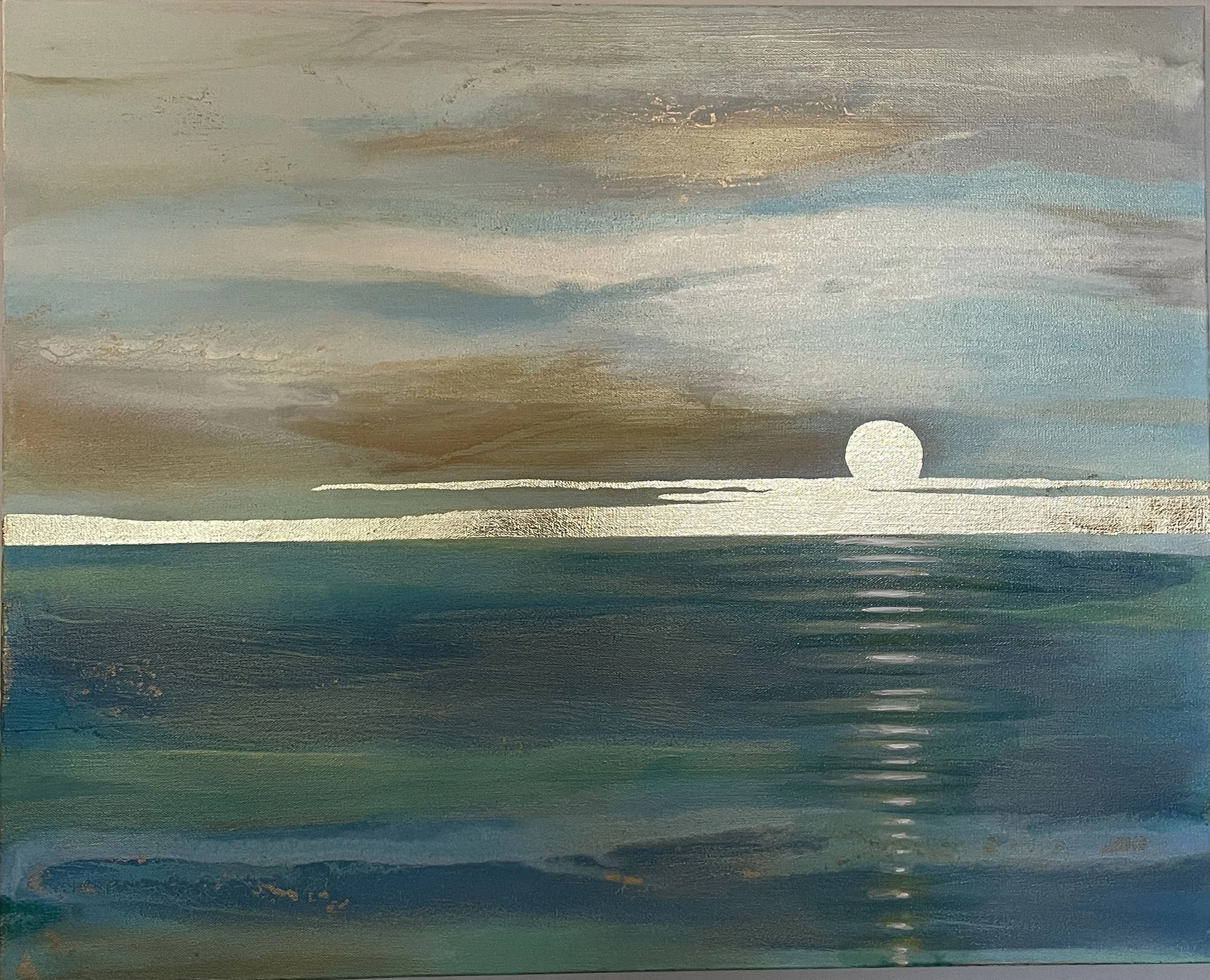Neuroaesthetics: The Science of Why Art Makes Us Feel Good
Ever walked into a museum and felt instantly calmer? Or turned on a song that completely shifted your mood? There's actual science behind that feeling, and it's called neuroaesthetics.
The Simple Answer
Neuroaesthetics is the study of what happens in your brain when you experience art. Scientists use brain imaging technology to see which parts of your brain activate when you look at a painting, listen to music, or watch a performance. Think of it as understanding the biology behind that "wow" moment when something beautiful takes your breath away.
Why This Matters
Here's the interesting part: art isn't just enjoyable; it can also improve your health. Research shows that engaging with art can:
Lower stress and anxiety
Reduce blood pressure
Help manage difficult emotions
Improve overall mood
Even decrease pain in medical settings
It's not magic. It's your brain doing what it evolved to do.
The Brain Science (Without the Jargon)
When you experience art, two main brain areas work together:
The Prefrontal Cortex – This is your brain's control center. It helps you think about what you're seeing and decide how you feel about it. When you look at art, this area helps you interpret meaning and regulate your emotional response.
The Amygdala – This processes your immediate emotional reactions. It's why you might feel a rush of joy, sadness, or awe before you even consciously think about what you're experiencing.
What's fascinating is that these same brain areas are involved in emotional regulation. When you're stressed and take a moment to listen to calming music or look at a beautiful image, you're essentially activating your brain's natural stress-reduction system.
Real-World Applications
Hospitals have caught on. Studies show that patients in rooms with nature imagery or artwork:
Need less pain medication
Have lower blood pressure
Report less anxiety
Sometimes even recover faster
One study found that simply having a nature scene on the ceiling reduced stress for cardiac patients. No medication involved! Just the power of visual beauty working on the brain.
The Creative Side
It's not just about looking at art. Creating art activates even more brain networks. When you paint, draw, play music, or dance, you're engaging:
Motor systems (movement)
Sensory processing (touch, sight, sound)
Emotional centers
Memory networks
This is why art therapy has become a recognized treatment approach for everything from trauma to chronic pain.
Does It Work for Everyone?
Here's the good news: you don't need to be an art expert or even particularly interested in art to get these benefits. Your brain responds to aesthetic experiences whether you can name the artist or not. It's a biological response, not an intellectual one. However, research does suggest that personal preference matters. You'll get more benefit from art you find appealing than art you don't connect with. Which makes sense – your brain's reward system is more activated by things you enjoy.
The Bottom Line
We're only beginning to understand how deeply art affects our biology. But the evidence is clear: engaging with art, whether creating it or experiencing it, has measurable effects on our brain and body. It's not a replacement for medical treatment or therapy. But it might be a valuable addition to how we think about health and well-being. Next time you're feeling stressed, try this: spend five minutes looking at an image you find beautiful, or listen to a piece of music you love. Pay attention to how you feel afterward.
You might just notice your brain doing its thing.
The takeaway: Art isn't just decoration. It's a tool that can influence how we feel, think, and even heal. And now we're starting to understand why.
Stillness by Claudia Vergara

